Tennis is an international sport with formal rules to ensure equitable play. The International Tennis Federation (ITF) established certain tennis court measurement standards for professional and amateur play. If you are constructing a new court or renewing an existing one, complying with ITF rules is paramount to quality and fairness in play. In this guide we will deconstruct the ITF tennis court specifications guidelines, from court dimensions to line markings and more.
At AQS, we offer premium tennis court surfaces for long-lasting durability and comfort. We provide professional-level solutions for building a tennis court using the best materials and professional skills.
What is the Official Tennis Court Dimensions?
The official ITF tennis court dimensions:
- Total Court Dimensions: 23.77m long and 10.97m wide.
- Singles Court Width: 8.23m (27ft)
- Doubles Court Width: 10.97m (36ft)
- Baseline to Net Distance: 11.89m (39ft) on each side
- Service Box Dimensions: 6.40m long and 4.12m wide
- Net Height: 1.07m at the posts and 0.91m at the center
- Clearance Around the Court: 6.40m (21ft) behind the baseline and 3.66m (12ft) on the sides for pro play.
Tennis Court Line Markings
The court features some vital lines and markings:
- Baseline: The line at the far end of the court where the players serve.
- Sidelines: Delimit the singles and doubles playing area.
- Service Lines: Indicate the service boxes.
- Centre Service Line: Splits the service boxes between left and right.
- Net: In the middle of the court with different height from the posts to the center.
Recommended Tennis Court Size
ITF recommends a total clearance space of 36.57m (120ft) in length and 18.29m (60ft) in width including run-off areas
Surfaces for Tennis Courts
While ITF rules state dimensions, the playing surface also matters. Here are the most common:
Acrylic flooring: Durable and low-maintenance, ideal for fast gameplay.
At AQS, we supply top end acrylic flooring installations with certified materials, for professional grade surfaces for high performance play.
Why Follow ITF Standards?
Following ITF standards creates fairness, safety, and professional play. Whether for club tournaments or international events, proper measurements enhance the playing experience and meet official regulations.
Factors Consider When Choosing a Tennis Court Surface
- Durability: How much use will it withstand, and what’s the weather like?
- Maintenance: Some surfaces need lots of upkeep, others like artificial turf need very little.
- Weather-Resistance: For outdoor ITF standard tennis court flooring UV resistance and drainage is key.
- Player Comfort & Safety: Surfaces with more shock absorption are safer.
- Cost: Installation and long-term maintenance costs. AQS offers cost effective solutions as per your requirement.
- Climate Adaptability: Choose surfaces that suit the region’s climate to avoid excessive wear and tear.
- Resurfacing Needs: Some materials need to be resurfaced periodically, others for longer periods.
Common Tennis Court Problems and Solutions
Over time, tennis courts flooring is damaged due to excessive use and lack of maintenance. A defective installation, poor drainage, or a lack of regular maintenance often cause the most prevalent cracking, fading, and uneven surfaces. Repairing problems early will prevent expensive repairs and keep courts in service longer. Court surfaces can get damaged due to changes in temperature and water collection. Minor cracks can be filled with an acrylic crack repair system, but major ones require resurfacing. Proper drainage and regular area checking will help keep further damage at bay.
Fading and Surface Wear
Causes: Prolonged sun exposure, heavy foot traffic and low-quality coatings cause the court’s color to fade and the surface to be slippery.
Solution: Apply a high-quality acrylic resurfacing coat with UV resistant properties to restore the court’s appearance and traction. Regular cleaning helps maintain surface integrity.
Uneven Tennis Surfaces and Poor Drainage
Causes: Improper leveling during tennis court installation, soil movement or water accumulation can cause dips and uneven playing areas.
Solution: Proper site grading, install a drainage system and resurface low spots with leveling compounds can keep the surface smooth and playable.
Mold, Algae and Dirt Build-up
Causes: Courts in shaded or humid areas develop mold and algae, making the tennis court slippery and degrade the surface.
Solution: Regular pressure washing, apply anti-fungal treatments and ensure proper water runoff can prevent unwanted growth.
By having a proactive maintenance plan which includes regular checks, timely repairs and resurfacing every 4-8 years tennis court owners can extend the life of the court and keep it playing optimally.
Installation Tips for a Tennis Court
At AQS, we follow a professional tennis court installation process for high-performance Tennis court flooring:
- Site Preparation
Levelling, grading and drainage is key to a stable base. A well-prepared base prevents surface irregularities and extends the life of the court. - Base Construction
A solid and even base is important for longevity. Concrete or asphalt is usually used to provide a smooth solid floor for optimal play. - Acrylic Coating
Applying an acrylic coating adds durability and looks and slip resistance. This means safer players and better gameplay. - Line Marking & Finishing
Precision is key when marking the court. High quality paint is used to create clear lines that last, so you can play to professional standards.
Conclusion
ITF dimension of a tennis court standards is key to fair and great play. Whether building a new court or resurfacing an existing one, these guidelines will give you a consistent playing surface. If you need premium sports court installation services AQS have certified materials and craftsmen for top quality tennis court surfaces.
Get in touch for more information on tennis court installations and premium sports surfaces.

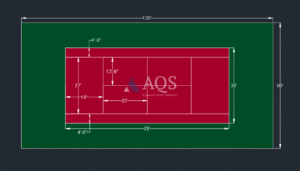
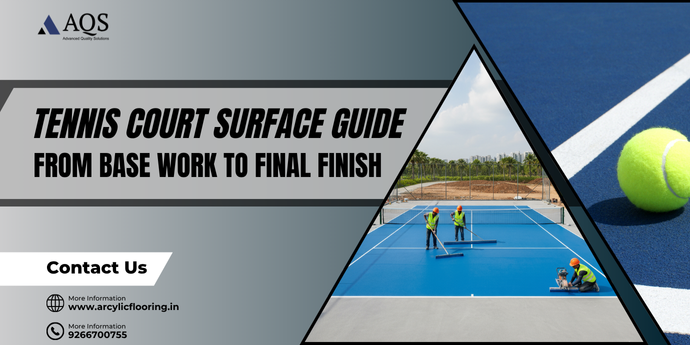
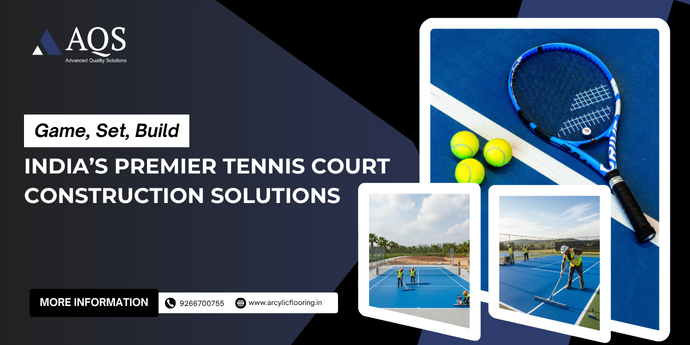
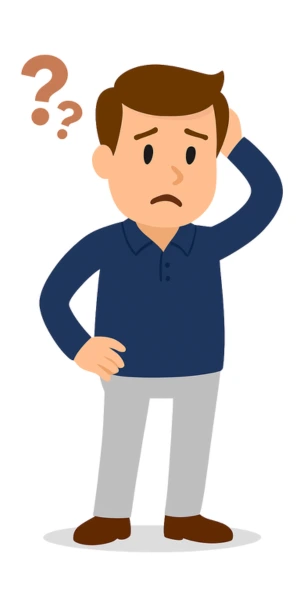
Pingback: Building the Perfect Tennis Court: Expert Tips on Material Selection - Arcylic Flooring
Pingback: Top Tennis Court Construction Company in India | AQS